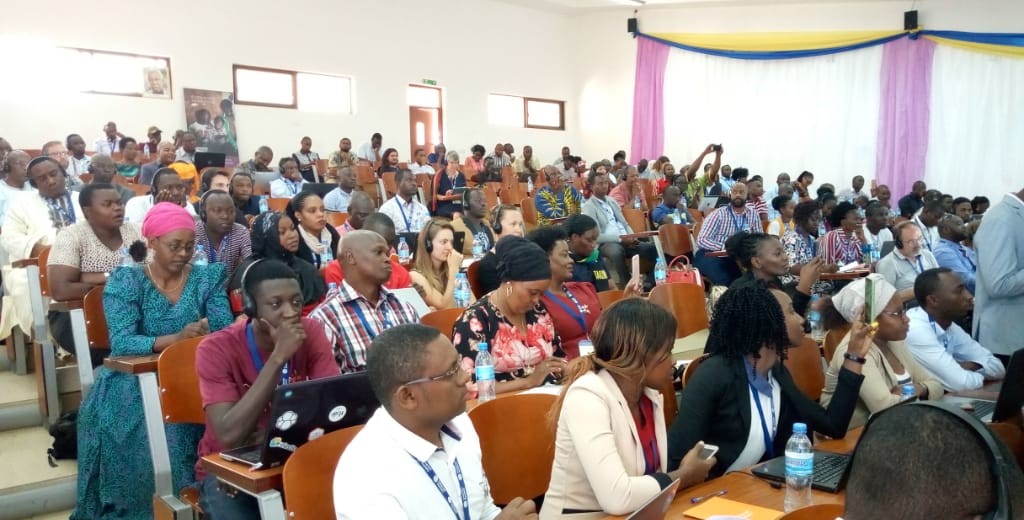Community Networks are built and operated by the community members of the Community Network play a critical role in building the community network infrastructure to be resilient and sustainable. During presentations by BOSCO-Uganda and Fantsuam-Nigeria community networks in the 4th summit for Community Networks (CNs) in Africa, the discussion steered towards CNs and resilience as they were among the community networks that have been operational for more than 5 years.
Different community networks set up their infrastructure under different circumstances like; high cost of internet access, poor quality of services by incumbent internet providers, political instability, or having a large population living in rural areas who do not have internet access.
Several factors that make community networks resilient were mentioned during the presentation. They are;
- A strong, clear and concise mission and vision backed by passion is an integral part of a network’s culture towards achieving a resilient and sustainable community network.
- Integration with development services like; Health Services, Agriculture, Microfinance, Educational, and Social Protection makes the network a crucial part of the community since it provides access to the services.
- Rural connectivity services as an effort by the governments involving internet service providers giving affordable services as well as building capacity to solve the issues of digital literacy: Rural area dwellers need to have internet packages that enable them to maintain and pay for their telecom services and Internet access.
- Community acceptance and buy-in; a community network requires human labor and a reserve of goodwill, trust, and support among the local population is very important in making the network sustainable.
- Creation of income-generating projects by the community members to support the non-profit services that help the sustainability model of the community network. The projects can be; capacity building at a fee, or using the community network to sell locally available products.
Community networks, like small and medium enterprises, can enhance their resilience most effectively by access to government support after a disaster. Resilience research can be done by examining factors needed to keep community networks operational even after a disaster whose severity would indicate the impact it has on the community.
Ms. Nzambi Kakusu is a KICTANet intern who is passionate about community networks and tech policy with a keen interest in the use of tech to solve societal problems.




